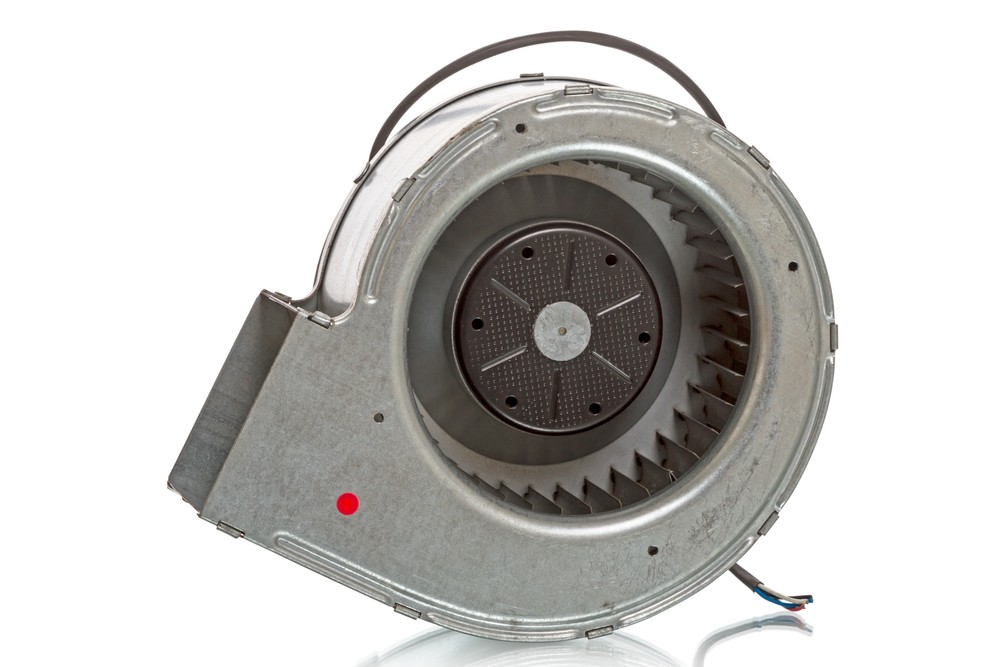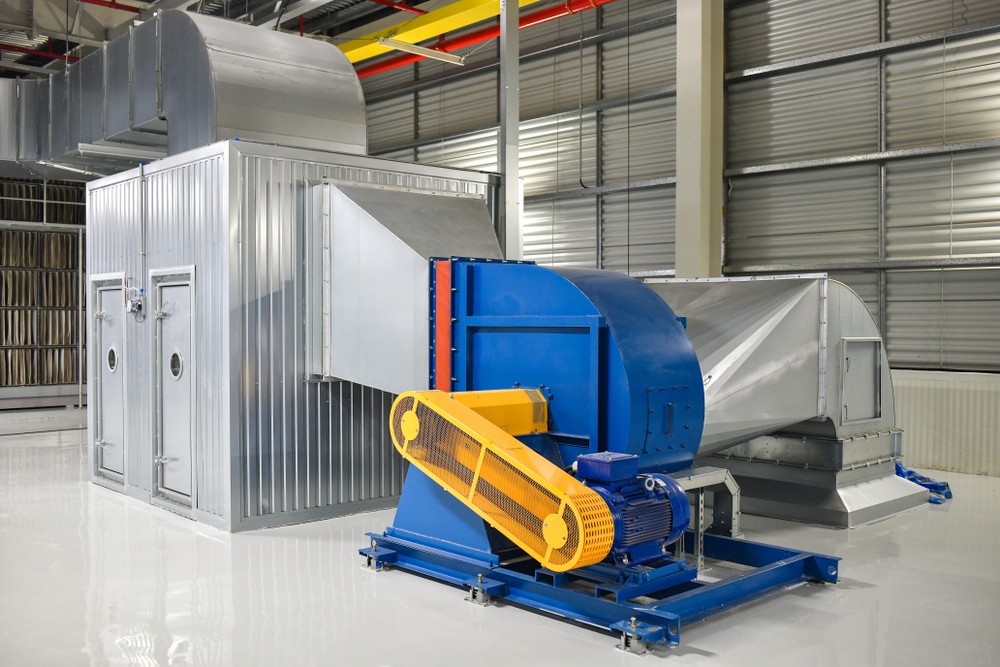Centrifugal Fans: Commonly Overlooked for Routine Maintenance

Air handling and exhaust are critical components for most types of industrial machinery. Yet centrifugal fans and their malfunction continue to be problematic for many companies. It’s an “out-of-sight, out-of-mind” problem. Centrifugal fans are closed systems, buried deep within machinery. It’s not always easy to inspect, test, and service these components, which means they’re often overlooked until they start to demand attention.
Most centrifugal fans need routine inspection and light maintenance. These tasks are simple to perform, which means they’re also simple to skip. For example, if centrifugal fan maintenance involves 10 minutes of disassembly for a two-minute service process, followed by 10 minutes of reassembly, it’s easy to see why many techs and maintenance programs don’t prioritize this necessary task. The problem isn’t realized until later when the fan fails, incurring costs and downtime.
Failure to properly maintain centrifugal fans almost invariably leads to the same overheating issues, such as overheating due to poor venting, overheating due to accumulated dust, or overheating due to fan malfunction. Overheating is a common theme — and it’s something no tech wants to see on the maintenance docket.
Why do centrifugal fans fail?
There are four distinct components of centrifugal fan operation, each requiring its own specific maintenance:
1. Impeller blades need routine inspection to clear accumulated dust from them. Abrasive, sticky, or wet conditions necessitate periodic blade changes. Techs should also perform ultrasound checks for irregular fan vibration.
2. Bearings in the fan shaft need proper lubrication to function smoothly. Similar to any bearings, they also need cleaning and protection from dust and debris buildup that may hamper fan performance.
3. Belt drives need tensioning to ensure they don’t slip loose and render the fan useless. Too tight and they may snap, also causing fan failure. Old belts showing signs of cracking and wear need replacement periodically.
4. Motor lubrication is essential for fan operation and will prevent fundamental problems with the efficiency and long-term health of the unit. Voltage and wiring also need routine inspections.
Any single malfunctioning component within a centrifugal fan can decrease fan effectiveness or cause total failure. The result? Hampered air handling, causing overheating by any number of means.

Make centrifugal fan maintenance a priority
The simplicity of centrifugal fan maintenance cannot be understated. Even in cases where multiple issues are present, replacing the entire fan isn’t a difficult procedure. Help techs realize the ease of maintenance, as opposed to the rigors of consequence, to position fan maintenance as a priority.
Failing fans aren’t always easy to see, since they’re not visibly present. But it’s easy to hear a failing fan. Improperly lubricated bearings, excessive vibration, and irregular fan oscillation will pique the attention of a thorough tech. Verify these issues and address them immediately to salvage the health of your centrifugal fan unit and preserve the integrity of your entire machine.
